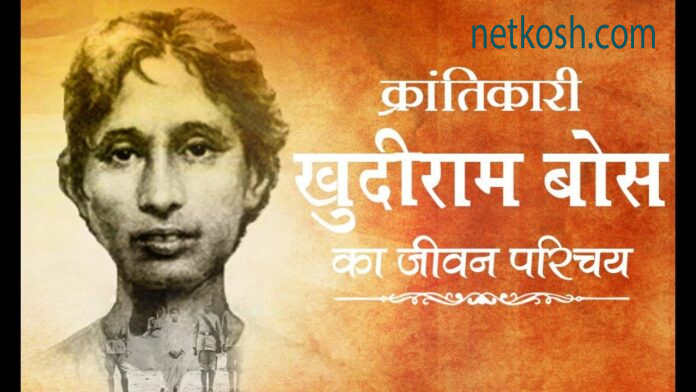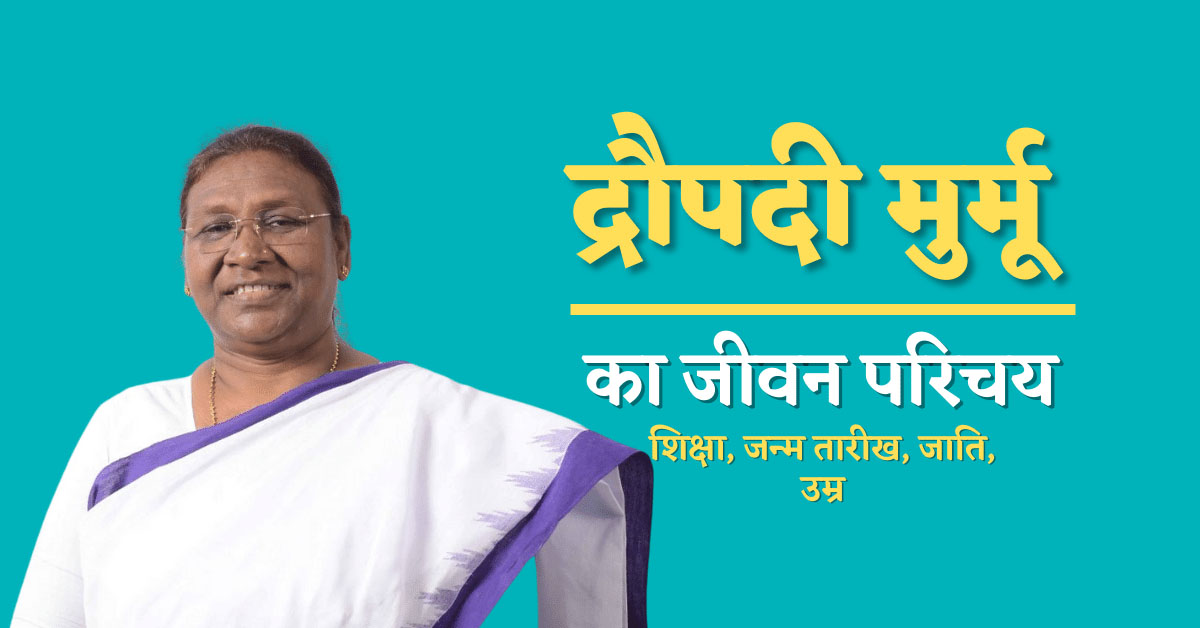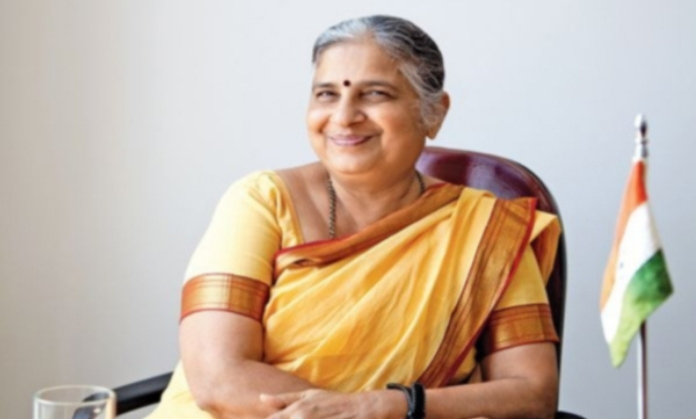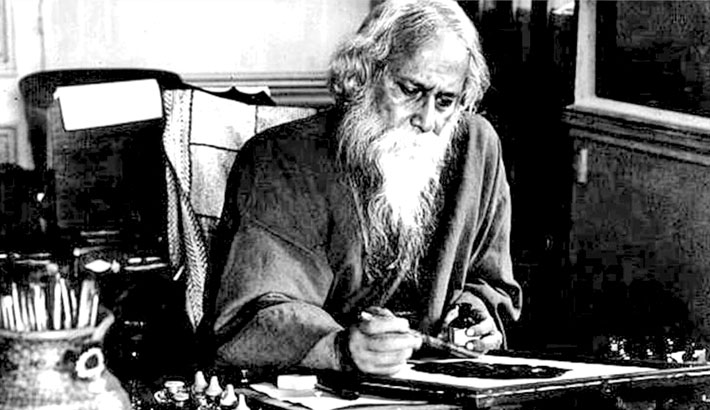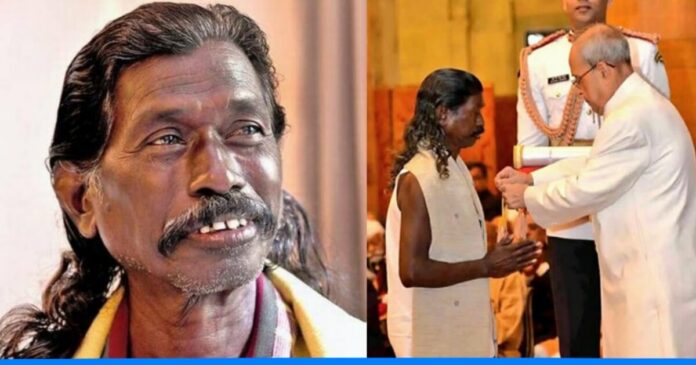In today’s time, everyone is free in himself, he is free to take small and big decisions in himself, but was this type of freedom possible before 1947. No, because before that we were dependent, we did not have the right to take our decisions.But did we get this freedom of today like this, do not know how many brave revolutionaries and political leaders dedicated themselves to this sacrifice. So let’s know about Lal Bahadur Shastri, the leader of one of the great political soft parties –
Birth-
Lal Bahadur Shastri, full of simplicity and awarded Bharat Ratna, the biggest award of independent India, was born on 2 October 1904 in Mughalsarai (Uttar Pradesh) British India. His father’s name was Munshi Sharda Prasad Srivastava, who was a teacher in a primary school. Mother’s name was Ram Dulari. When Shastri ji was only one and a half years old, his father had passed away. His childhood was spent at his maternal grandfather’s place as his mother came to live at her maternal home after the death of Shastri’s father.
Education Graduation
His primary education was done at his maternal grandfather’s place in Mirzapur and further education was done at Harishchandra High School and Kashi-Vidyapeeth. When Kashi was studying in the Vidyapeeth, at the same time he was very impressed by Mahatma Gandhi’s condemnation of Indian kings supporting British rule in India and from the age of 11, he wanted to do something at the national level or give freedom for the country.
Political move –
While studying, at that time Gandhiji was motivating his countrymen to join the non-cooperation movement, at that time Shastri was about sixteen years old. Seeing this call of Mahatma Gandhi, he decided to leave his studies and took a pledge to do something for the country. And inspired by the call of Gandhiji, joined this movement.
Struggle for Freedom
In the year 1920, Shastri ji completely jumped in the fight for freedom and only then gave one of his slogans, ‘Don’t die’, with this slogan, the flame of independence was ignited in the whole country. And in the year 1921, Gandhiji’s Participated enthusiastically in the ‘Non-cooperation-movement’ and made a new identity in the society.
In 1930, Mahatma Gandhi broke the salt law and started the Dandi Yatra. This symbolic message or movement revolutionized the whole country in a way for independence, in which Shastri ji also joined this struggle for freedom with great energy. He led several rebel campaigns and spent a total of seven years in British prisons. This struggle for independence made him fully mature.
During the Second World War, the freedom struggle in India was further intensified. On the other hand, Netaji Subhash Chandra Bose, the leader of the hot party, formed ‘Azad Hind Fauj’ and gave it the slogan of “Delhi-Chalo”. And at the same time, seeing the growing movement, the British government made up its mind to capture Shastri, due to which Shastri ji had to stay underground for eleven days, then was arrested on 19 August 1942.
Leader of independent India-
In independent India, he was appointed as the Secretary of the Parliament of Uttar Pradesh and was given the charge of Police and Transport in the Union Cabinet. In 1951, Shastri was made the General-Secretary of All-India-National-Congress. Lal Bahadur Shastri was always devoted to the party. He campaigned a lot for the party in the elections of 1952, 1957, 1962, and won the Congress with a huge majority.
Seeing the ability of Shastri ji, he was appointed as the Prime Minister after the sudden death of Jawaharlal Nehru, at the same time suddenly in 1965 at 7.30 pm Pakistan attacked India by air. On this, Shastri ji asked the three army chiefs to fight firmly, handling the situation, during the Indo-Pak war, Shastri ji gave commendable leadership and gave the slogan of “Jai Jawan Jai Kisan”, which brought unity in the country. And India defeated Pakistan,Which Pakistan did not imagine, because three years ago China had defeated India in the war.
Lal Bahadur Shastri’s Death
On the pressure of Russia and America, Shastri ji met the President of Pakistan Ayub Khan in Tashkent, the capital of Russia, to sign the peace agreement. Where he was pressurized and signed. And on the night of the agreement, he died mysteriously on 11 January 1966. In this way, Lal Bahadur Shastri took charge of India only for 18 months. After his death, Gulzari Lal Nanda was again appointed as the Prime Minister.



